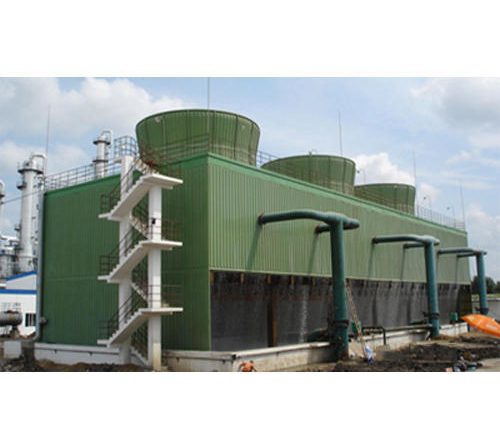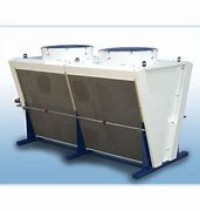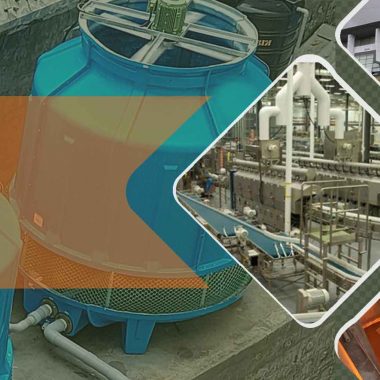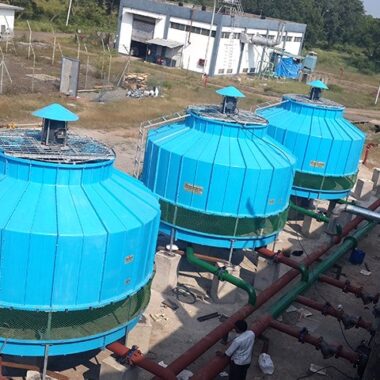How is Water Loss Calculated in Cooling Tower ?
How is Water Loss Calculated in Cooling Tower ?
Water loss in a cooling tower can be calculated using the principles of mass balance, considering various factors such as evaporation, drift, and blowdown. How is Water Loss Calculated in Cooling Tower ?, Here’s how water loss is typically calculated:
Evaporation :
- Evaporation is the primary mechanism of water loss in a cooling tower. It occurs as a result of heat transfer from the hot water in the tower to the cooler air passing through the tower.
- The rate of evaporation depends on factors such as the temperature difference between the water and the air, the relative humidity of the air, and the surface area of the water exposed to the air.
- The evaporation loss can be calculated using empirical equations or tables provided by cooling tower manufacturers, which consider these factors.
Drift :
- Drift refers to small droplets of water entrained in the exhaust air leaving the cooling tower. While drift is typically minimized through the use of drift eliminators, some water loss still occurs.
- The drift loss can be estimated based on the design and efficiency of the drift eliminators, typically expressed as a percentage of the circulating water flow rate.
Blowdown :
- Blowdown is the intentional discharge of a portion of the circulating water to control the concentration of dissolved solids and other impurities in the cooling tower.
- The blowdown rate is determined based on factors such as the quality of the makeup water, the rate of evaporation, and the desired level of dissolved solids in the circulating water.
- The blowdown loss can be calculated as a percentage of the circulating water flow rate, typically determined by water quality testing and chemical treatment programs.
Overflow and Leakage :
- Some water loss may occur due to overflow from the cooling tower basin or leakage from pipes, valves, or seals.
- While overflow and leakage are typically minimized through proper design, maintenance, and inspection, they should be accounted for in water loss calculations.
To calculate the total water loss in a cooling tower, the individual contributions from evaporation, drift, blowdown, and any other sources of water loss are added together. Regular monitoring and tracking of water consumption and losses are essential for optimizing cooling tower operation, minimizing water waste, and ensuring compliance with environmental regulations.





